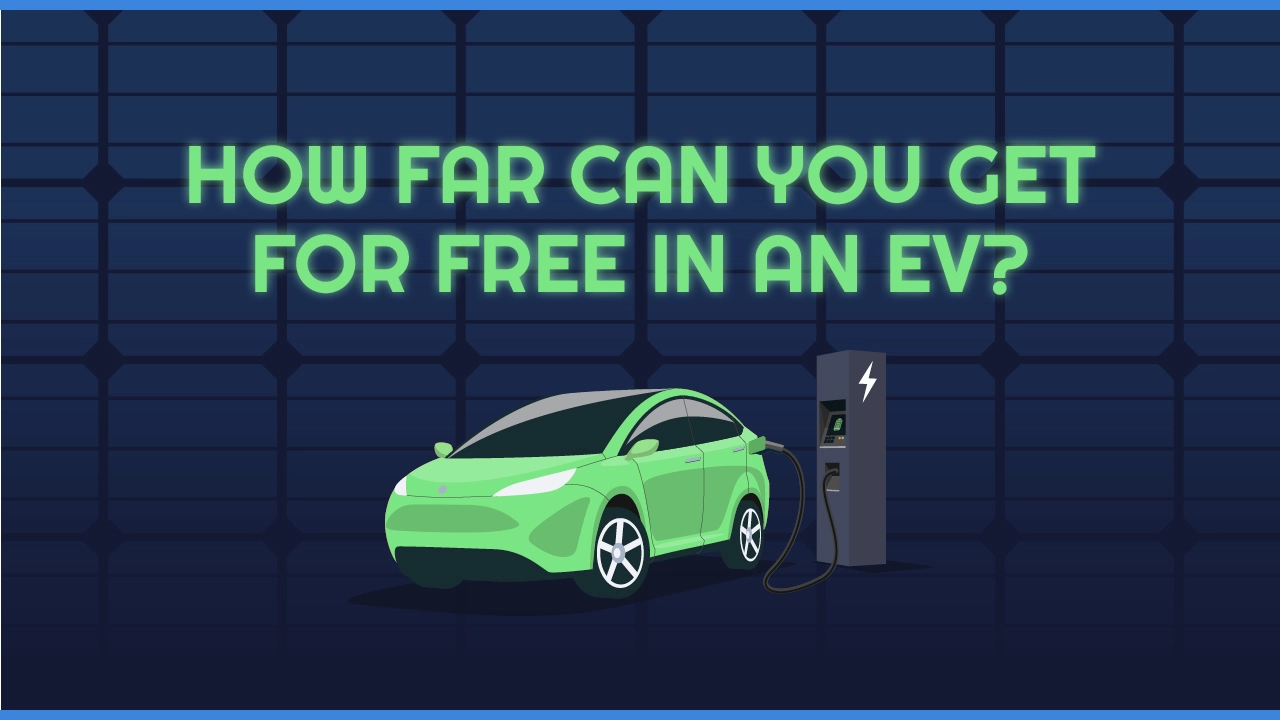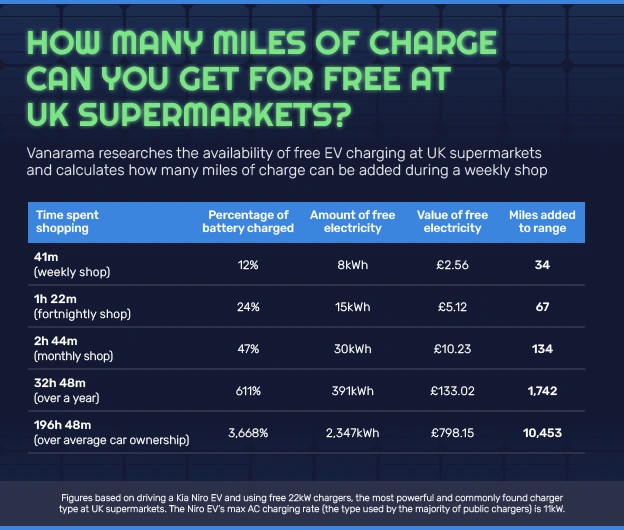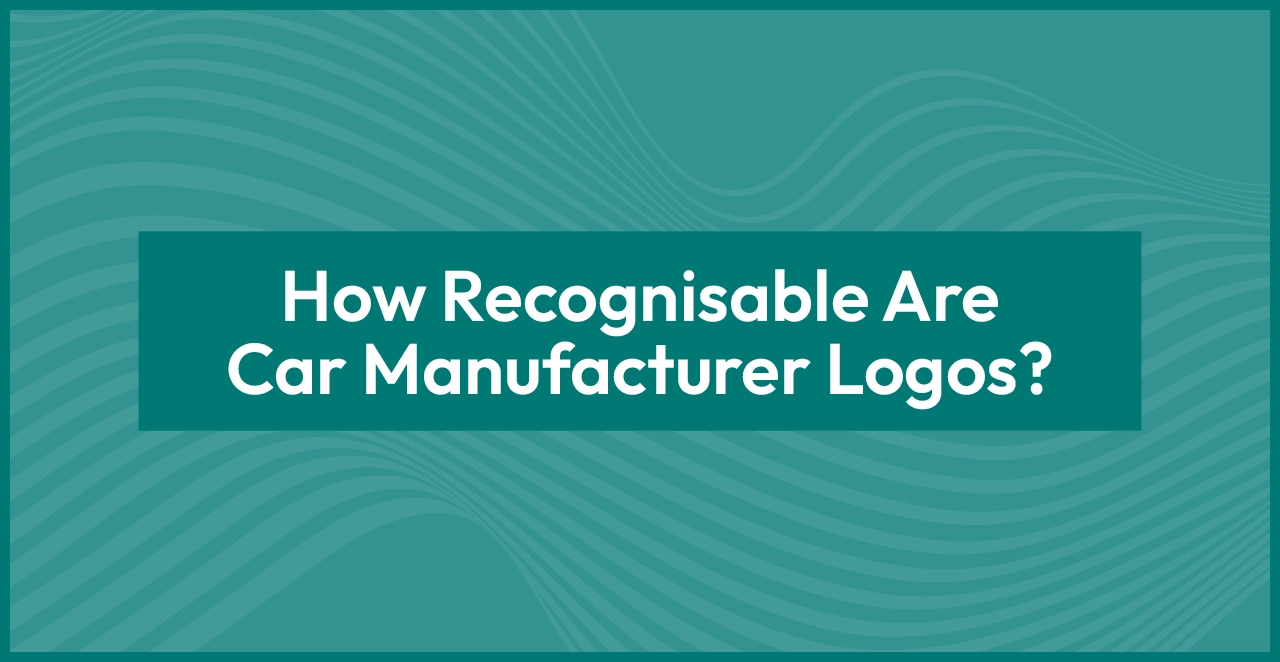Among the biggest concerns for drivers when mulling over a move to electric vehicles (EVs) are range anxiety, the fear of running out of power before reaching a destination, and charging anxiety over finding an available charge point.
But these concerns may be misguided – especially considering the strides made in electric car tech in recent years. The original Nissan Leaf, for example, managed around 100 miles on a single charge, but that figure has more than doubled with the most recent model. And many other manufacturers are going far beyond that.
To put that increased practicality in real terms for the average driver, Vanarama has analysed the charging infrastructure in the UK and beyond, and applied the findings to a specific EV to see how far you’d get for free. Spoiler alert: it’s pretty far.
You Can Travel 2,641 Miles From Scotland To Turkey For Free In An Electric Car
We opted for a Kia Niro EV on this hypothetical road trip. Though electric cars with larger batteries and longer ranges are available, such as the 400-mile-plus Mercedes-Benz models, the Kia is one of the more affordable options. But, crucially, it’s not lacking; the Niro EV is gaining wide praise for being a worthy upgrade to the hugely popular e-Niro.
Using PlugShare, a global map of over 610,000 charging stations, we plotted the route using free chargers only. And some route it was, too.
Starting at Eday, a Scottish island north of John O’Groats, the route works its way south, down through England, over the ferry to France, and across Belgium, Germany, Austria, Hungary, Serbia, Bulgaria, and Turkey, finishing in Istanbul, before the charging points became sparse. In all, 2,641 miles and 10 countries are covered.
Surprisingly, only 12 charging stops are required to reach the destination (assuming the car’s fully charged at the Eday starting point), with an average distance of 203 miles between each point – meaning the all-electric Niro wouldn’t drop below 29% power on average. The longest distance between two of our charge points is 256 miles, but even that leaves 10%, or 29 miles of power spare if WLTP figures were achieved.
Although the figures may differ somewhat in the real world, with factors such as weather, driving style and charger availability all playing a part, our research suggests there’s huge potential for EVs to travel a considerable distance without incurring any charging costs.
The Kia Niro EV Could Travel The Full 2,641 Miles With Only Six Hours Of Combined Charging
In terms of total travel time, including charge stops, the trip would take around two days (55 hours 46 minutes) – only six hours longer than it would take to drive non-stop. This is based on the Niro EV’s max charge power at rapid DC points (80kW).
That means, on average, each rapid charge stop would take only 34 minutes, which would perhaps be welcomed with open arms by passengers after each leg of 203 miles (the average distance between each stop on the journey).
If only AC chargers were available, the travel time is four days (96 hours 58 minutes). EVs have a lower max charging rate at these points (11kW for the Niro) as power must be converted to DC by a car’s on-board charger before being fed into the battery. DC chargers, on the other hand, are equipped with their own converters, meaning power can be sent directly to the battery. This makes for much faster charging times, better suited to long-distance driving.
These figures could be improved further by EVs with higher max charging rates. We’ve excluded stats based on 350kW chargers for now, however, as there are currently little to no EVs capable of this rate. But that gap will be closed over the coming years, with models such as the Kia EV6 already capable of 200kW-plus DC charging.
Free Supermarket Charging Provides Enough Power For A Quarter Of Your Yearly Miles
Although a great indicator of free EV charging across Europe, a cross-continent trip to Turkey isn’t the most applicable example for UK drivers, granted. So we also looked at the availability of free charging on more everyday drives.
According to Zap-Map’s latest figures, there are 3,961 free public charging points across the UK, with the lion’s share (almost 600) found in public car parks. What’s more, Sainsbury’s, Lidl, and Aldi are offering shoppers free fast charging at rates of up to 22kW. It’s worth noting that only a handful of EVs are capable of 22kW AC charging, such as the Renault Zoe, so our figures are calculated using the 11kW rate that’s compatible with the Niro EV and the majority of others.
At that rate, charging during your weekly shop (lasting 41 minutes on average) would add 34 cost-free miles to your EV’s battery each and every time. Across the year, you’re looking at a huge 1,742 miles of charge from simply plugging in at a free supermarket charge point. That’s a quarter of the average UK driver’s yearly miles (6,800 miles), meaning you could effectively drive for free for three months of the year.
Over the average length of car ownership in the UK (six years), you’re looking at a mighty 10,453 miles – enough to get from London to Cape Town, South Africa, with more than 2,000 miles spare.
Supermarket Charging Could Save EV Drivers Almost £800
Our above research also calculated the cost of electricity that drivers are saving by not charging at home, based on the current electricity price of 34p per kWh.
You’d get just over a fiver off each fortnightly shop thanks to the money you’re saving on charging at home. Over the year, however, it’s £133.02 in savings – or £798.15 across car ownership (estimated at six years). Not a bad result for savings that can be made with no extra effort.
With the average Vanarama lease lasting three years, our customers could save £399.06 across their agreement, which would cover the cost of an optional maintenance package on a Niro EV for up to 15 months (based on a monthly cost of £26.94).
And with the potential for the price of electricity to continue rising after the UK government’s current support package ends in Spring 2023, the savings could become even more appealing.
Bookmark our blog for more automotive research and reports, or browse our latest car leasing deals if you’re considering a car lease.
Methodology
Using PlugShare, we plotted a route across Europe that avoided areas in conflict and used only free public EV chargers, going as far as Istanbul, Turkey, before the available chargers became sparse. The trip was based on travelling in the Kia Niro EV, a more affordable electric car, to show this sort of journey wouldn’t just be accessible to those driving high-end EVs.
Using an estimate on the duration of a weekly shop (41 minutes according to the Time Use Institute), Vanarama calculated what percentage of the Kia Niro EV’s battery would be charged in this time using a 22kW charger (the most powerful of the free chargers commonly found in UK supermarket car parks according to Zap-Map) and the Niro’s max AC charging rate of 11kW. We also calculated the value of electricity saved when charging at a free supermarket charge point, rather than a domestic property under the current electricity price cap of 34p per kWh.






